Ruaha National Park
Ruaha National Park, located in southern Tanzania, is named after the Hehe word for ‘river’. The Great Ruaha River flows through the park, providing a vital water source for its rich wildlife and the surrounding communities. Known for its rugged landscapes, diverse ecosystems, and abundant wildlife, including lions, elephants, and rare wild dogs, Ruaha offers a truly authentic safari experience. With fewer crowds than other parks, visitors can enjoy game drives, walking safaris, and cultural encounters with the Hehe people, making it an unforgettable destination for nature lovers and adventure seekers alike.
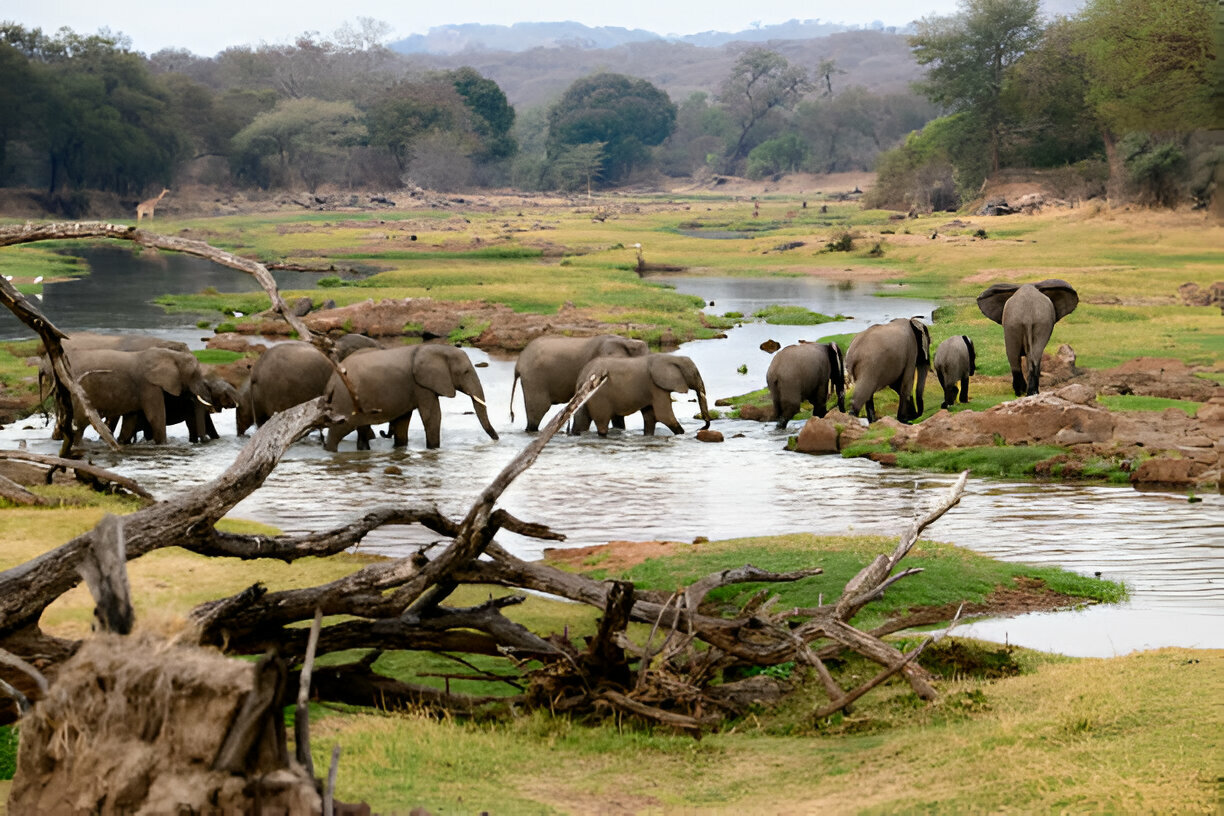
The Special Birds to See in Ruaha National Park.
Ruaha National Park is a birdwatcher’s paradise, home to over 570 bird species, including rare and endemic gems. Among the highlights are the striking Red-billed Hornbill and the Ashy Starling, both commonly seen flitting through the woodlands. The park’s diverse landscapes also host the Yellow-bellied Hyliota, the dazzling Purple-banded Sunbird, and the iridescent Western Violet-backed Sunbird, which shimmer in the African sunlight.
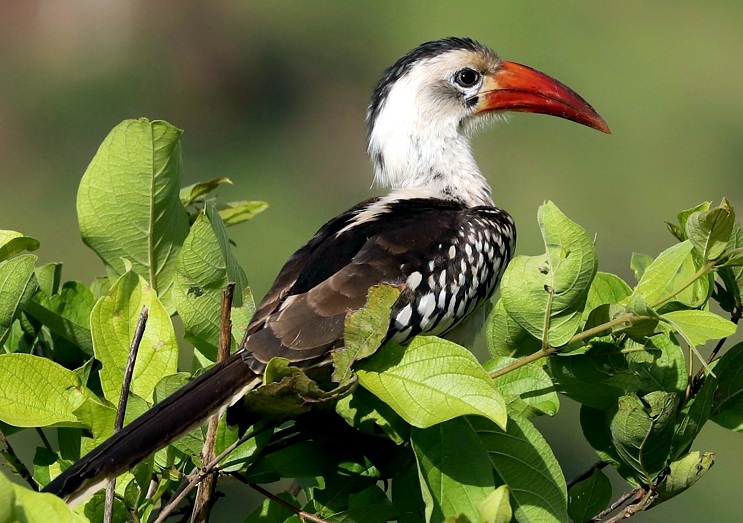
The Miombo Barbet thrives in the park’s miombo woodlands, while seedeaters such as Reichard’s Seedeater and the Black-throated Seedeater add to the rich tapestry of avian life. Whether exploring the riverbanks or the open savannas, bird lovers will be mesmerized by the sheer variety and beauty of Ruaha’s feathered residents.
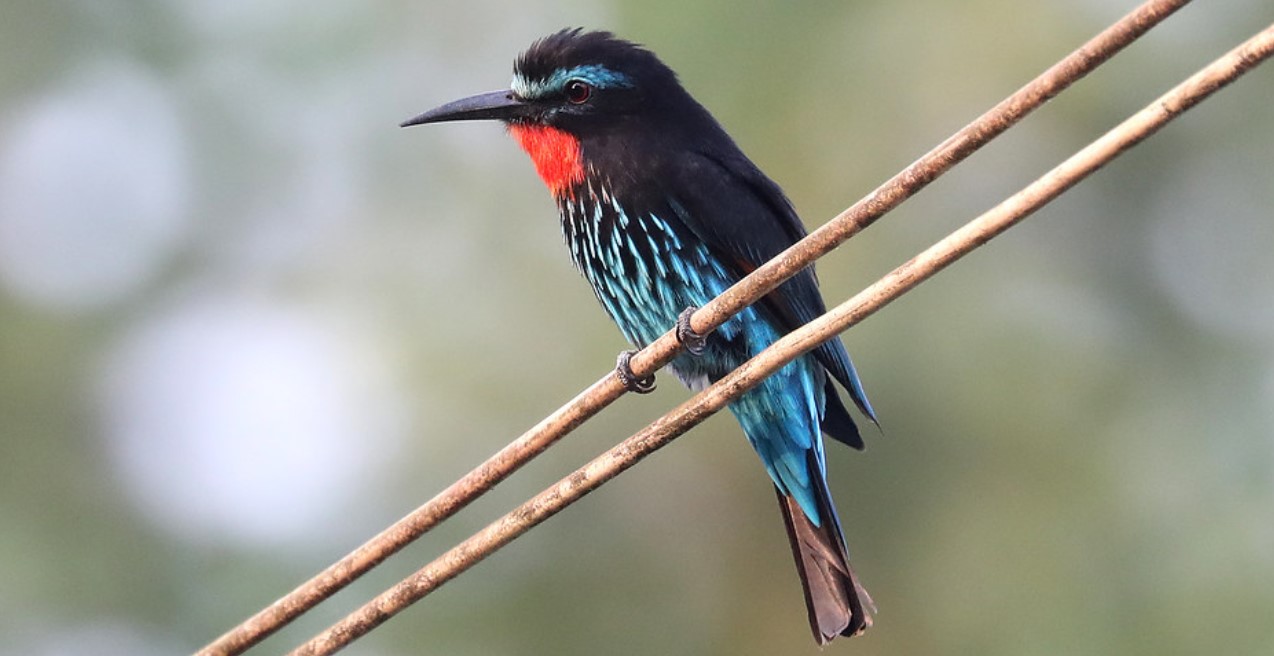
Climate of Ruaha National Park.
Ruaha National Park experiences a tropical savanna climate, characterized by distinct wet and dry seasons. The dry season (June to October) is the best time for wildlife viewing, with little to no rainfall, clear skies, and daytime temperatures ranging between 20°C and 30°C (68°F–86°F). Nights can be cooler, sometimes dropping to 10°C (50°F). The wet season (November to April) brings lush green landscapes, occasional heavy rains, and higher humidity, with daytime temperatures ranging from 25°C to 35°C (77°F–95°F). This period is excellent for birdwatching, as migratory species arrive, though some areas may become inaccessible due to muddy roads. The transitional months of May and November can have unpredictable weather, with sporadic showers and moderate temperatures.
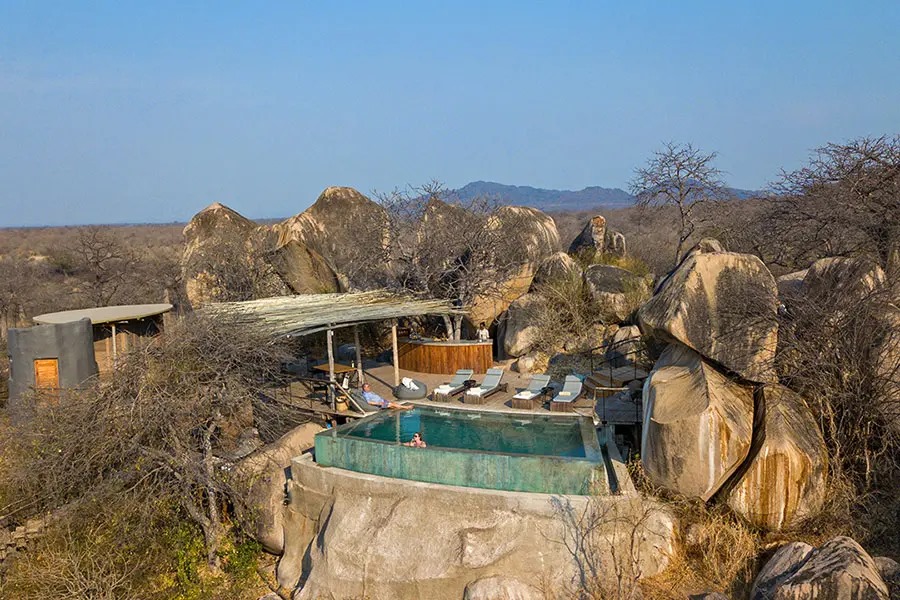
Best Time to Visit Ruaha National Park
The best time to visit Ruaha National Park is during the dry season from June to October. During this period, wildlife viewing is at its peak as animals gather around water sources, and the sparse vegetation makes it easier to spot predators like lions, leopards, and cheetahs. The weather is cooler, with clear skies and minimal rainfall, ensuring excellent safari conditions.
The wet season (November to April) transforms the park into a lush, green paradise, making it an ideal time for birdwatching as migratory species arrive. However, wildlife can be harder to spot due to dense vegetation, and some areas may be inaccessible due to muddy roads. If you’re looking for dramatic predator-prey interactions and large concentrations of animals, the dry season is ideal, but for a scenic, less-crowded safari experience with vibrant landscapes, the wet season offers a unique charm.
Ruaha National Park, Tanzania’s largest national park, is located in the southern part of the country. There are two main ways to get there:
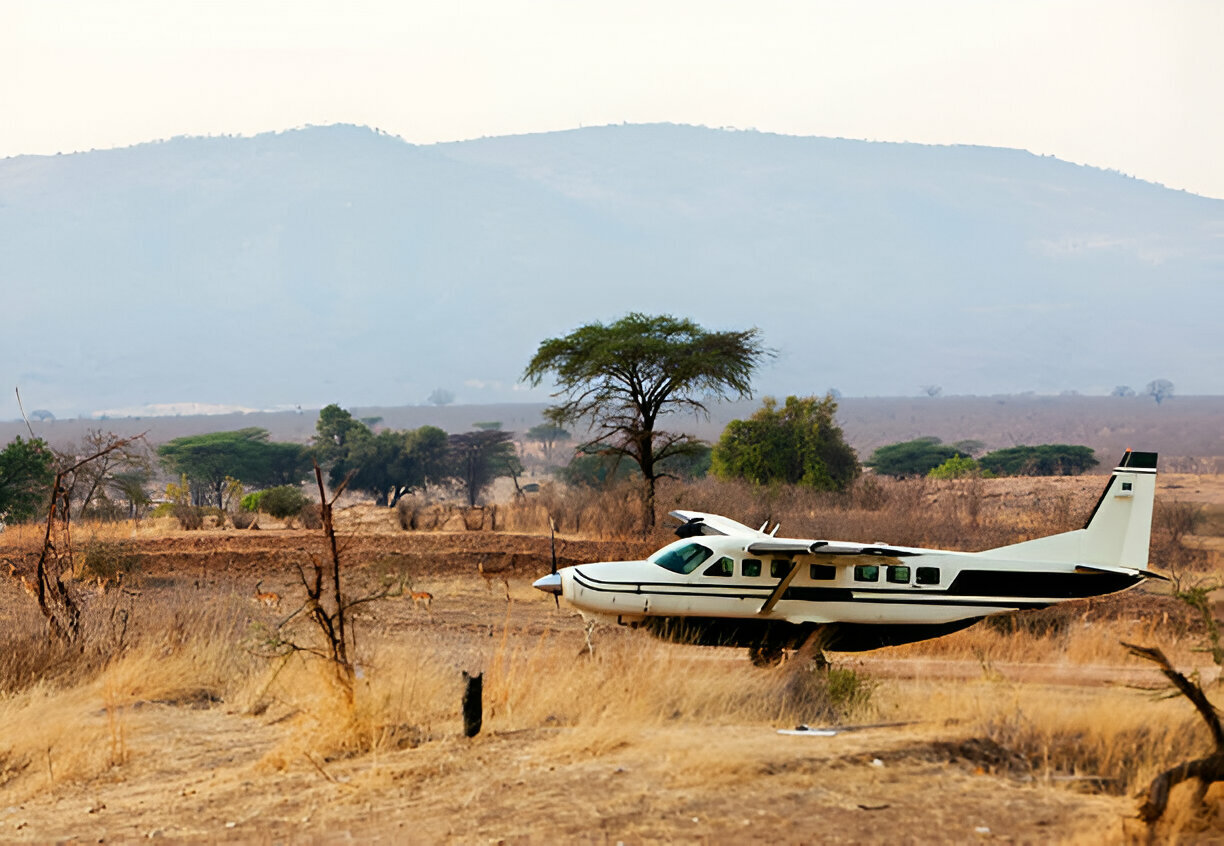
How to Get to Ruaha National Park
- By Air (Recommended)
Flying is the most convenient and fastest way to reach Ruaha. Several airlines operate scheduled and chartered flights from major cities. Major Airlines operating this route are Coastal Aviation, Auric Air, Safari Air Link & Flightlink
- From Dar es Salaam – Approx. 2-hour flight
- From Arusha – Approx. 3-hour flight with a stopover
- From Zanzibar – Approx. 5-hour flight
Flights land at Msembe Airstrip, the park’s main airstrip, or Jongomero Airstrip for visitors staying in lodges near that area.
- By Road (For Adventure Travelers), best for those on a budget or looking to explore rural Tanzania in finer detail, though the journey is long:
- From Dar es Salaam – Approx. 10-12 hours (via Iringa)
- From Arusha – Approx. 12-14 hours (via Dodoma & Iringa)
- From Iringa – Approx. 2-3 hours on a rough but scenic road
- By Train (Partial Route)
For a unique experience, you can take the TAZARA train from Dar es Salaam to Makambako, then continue by road to Iringa and Ruaha. This option is longer but offers an authentic travel experience.
Would you like help arranging a flight or road transport?
Facts About Ruaha National Park.
- Area size of 20,226 square kilometers
- Ruaha National Park was established in 1964.
- Bigger than Kuwait, Swaziland & Fiji.
- 10% of the world’s lion population calls the area home.
- A checklist of over 550 recorded bird species
- The second-largest National Park in East Africa
Activities to Do in Ruaha National Park.
- Wildlife safaris
- Night game drive
- Boat safari (Usangu Wetlands)
- Birdwatching
- Hot Air Balloon safari
- Walking safaris.
- Photographic and Filming.
The Story of Spear Vs Rifle Near Ruaha.
Under Mkwawa, the Hehe were victorious over many other African peoples, and they were able to stand firm against the advancing German forces. Known for their fierce resistance, the Hehe gained fame when they defeated a German expedition at Lugalo on 17 August 1891.
Armed with traditional weapons such as spears and arrows, they outmatched German soldiers equipped with rifles, showcasing incredible bravery and strategic genius. For seven years, the Hehe, under Mkwawa’s leadership, continued to resist the Germans, a remarkable feat that earned them a place in history.
However, their defiance came to a tragic end on 19 July 1898, when Mkwawa, surrounded by the enemy, chose to take his own life at Mlambalasi Rock Shelter, rather than face capture.



